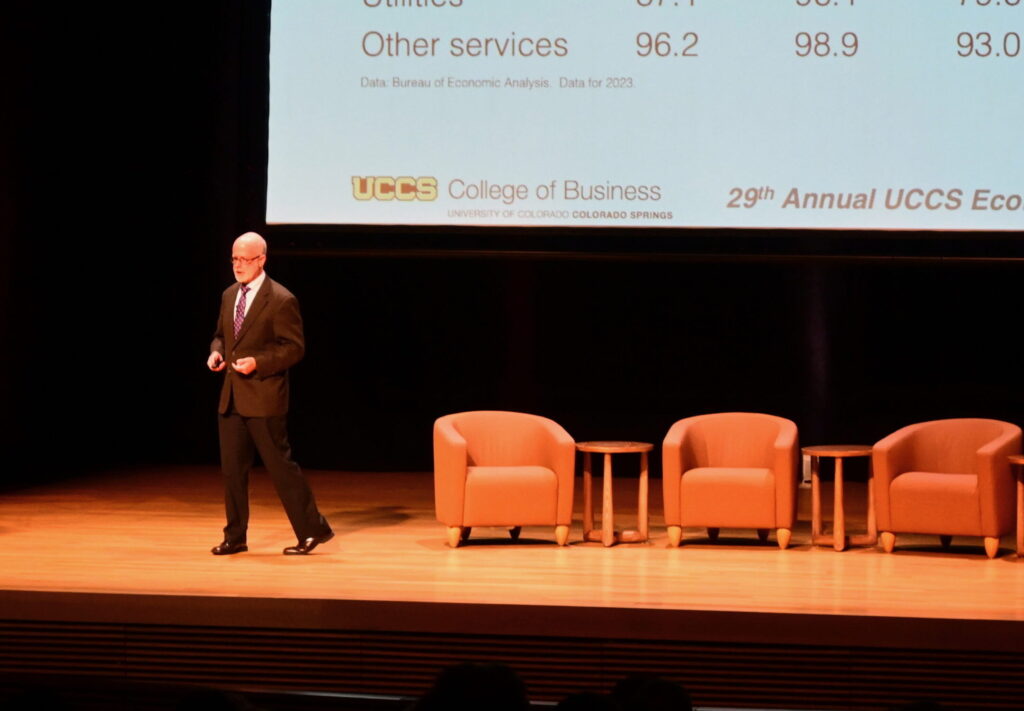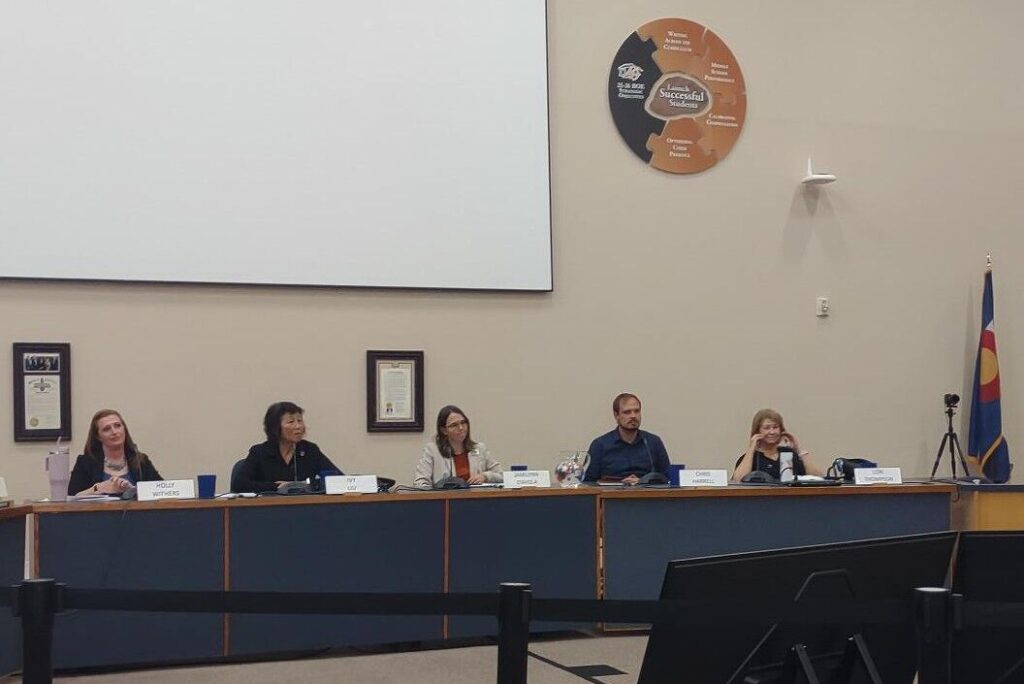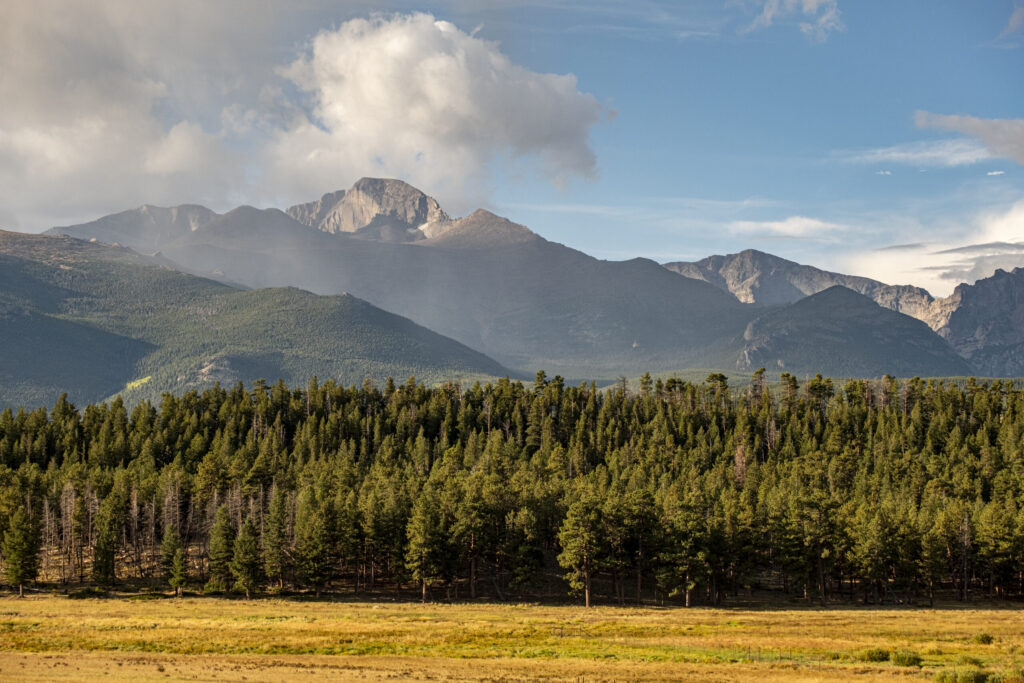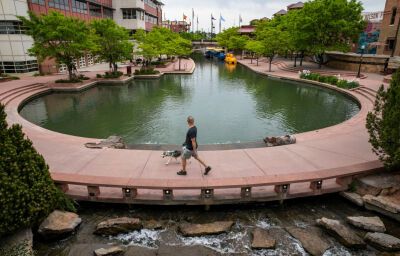Master plan proposed for Paint Mines near Colorado Springs, not all happy with it
El Paso County parks leaders have a long-anticipated plan to address fears of ruin at a geologic expanse.
Nearly a year in the making after years of advocates calling for it, a draft master plan “sets the stage for a sustainable and enjoyable Paint Mines Interpretive Park,” read a statement from a county spokesperson.
The 108-page document lays out a vision aimed at “balance,” by its own description — “providing public access with safeguarding the fragile geological features.” Those features have come under concern in recent years. People have increasingly been seen climbing and damaging the ancient hoodoos and colorful clay formations on the plains east of Colorado Springs, near Calhan.
The draft plan is expected to go to El Paso County’s parks board for consideration Dec. 11. With approval, it would move to the county commissioners’ meeting Dec. 17.
Ice Castles ‘coming to life’ now in Cripple Creek
A question likely to emerge, echoing onlookers at presentations in recent months: For a cash-strapped parks department, would funding be available to carry out the plan?
Including trail enhancements, protective elements, revegetation, restoration and parking expansions, the draft master plan estimates costs running $4.7 million. Another $2 million could be needed for a potential visitor center.
“Master plans are not intended to be implemented immediately,” read the statement from the county spokesperson, Deborah Contreras. “We will prioritize protecting the formations with the recommended approaches outlined in the master plan.”
County contractor DHM Design, with experience planning national parks, envisions several structures aimed at guiding visitors around the Paint Mines.
Those include boardwalks over grounds that tend to get muddy. The plan calls for installing “low-barrier” fences and chain-link posts to be placed before some of the park’s most dramatic sites. The barriers “will lead visitors through the narrower pathways and will deter off-trail access to the sensitive formations,” the plan reads.
The problem currently is a maze of “social trails” taking visitors aimlessly around the formations, the plan explains. Many “lead to the top of the hoodoos” and “are quickly degrading the formations, often leading to the collapse of geologic features that have been standing as a part of the landscape for thousands of years.”
Something has to be done, said Jim Van Hoy, a nature photographer and regular park visitor since 2009. But he opposes the barriers.
“Putting fencing in there is just basically going to ruin it. It’ll really take away a lot from the photographs that you take there,” Van Hoy said. “Now it’s going to look like an engineered, constructed area vs. the wild land you would like it to look like.”
Susan Davies sympathized.
“Yes, it’s going to slightly mar the experience for some,” said the executive director of the Trails and Open Space Coalition. “But let’s talk about the greater good. What they’re proposing is the right thing.”
The better thing might be enforcement, Van Hoy said.
“If there were some enforcement and these people that were misusing the park got caught and had to pay for it, then maybe word got around and maybe things would improve,” he said. “But it just seems to be an issue.”
An issue of funding, other advocates and officials have said. The county has opted instead for educational docents at the Paint Mines during busy weekends.
More education is needed, according to the master plan, which foresees more informational signage and plazas at parking lots to be reimagined.
The “north trailhead parking lot,” the most popular launchpoint today, would maintain its similar size of 51 spots but be paved, while the much smaller dirt parking lot up the road, referred to as the “overhead trailhead parking lot,” is eyed as the new main hub. It would be enlarged, paved and striped for 73 spots. It could also be home to a visitor center, pending funds.
Funding was indeed the question, Davies said.
“We applaud good intentions, we’re delighted by a good plan,” she said. “But if there isn’t the funding to do it, we will continue to say, ‘Let’s find another solution.'”
She has floated the idea of another land manager. “Not my first choice,” she said, while nonetheless thinking about nearby history: Threats to ancient tree stumps west of Colorado Springs led to the creation of Florissant Fossil Beds National Monument.
Like at other national parks, Van Hoy has wondered about a reservation system to limit numbers at Paint Mines. Others voiced the idea during the master plan’s creation.
“What’s the carrying capacity of the park?” Van Hoy asked. “How many people do we want in there at any point in time?”
Last year, the park saw an estimated 63,418 visitors. Locals have voiced concerns of such numbers and safety on the dirt road leading to the park, prompting the county to launch a study this fall.
Another traffic count is expected in June, said Contreras with the county, ahead of further assessment and “next steps and recommendations.”











